“Bay Nature nourishes those who identify with nature in the San Francisco Bay Area,” writes executive director Wes Radez. “From these pages, a community grows.”

Sign up for our free weekly newsletter and understand everything better!
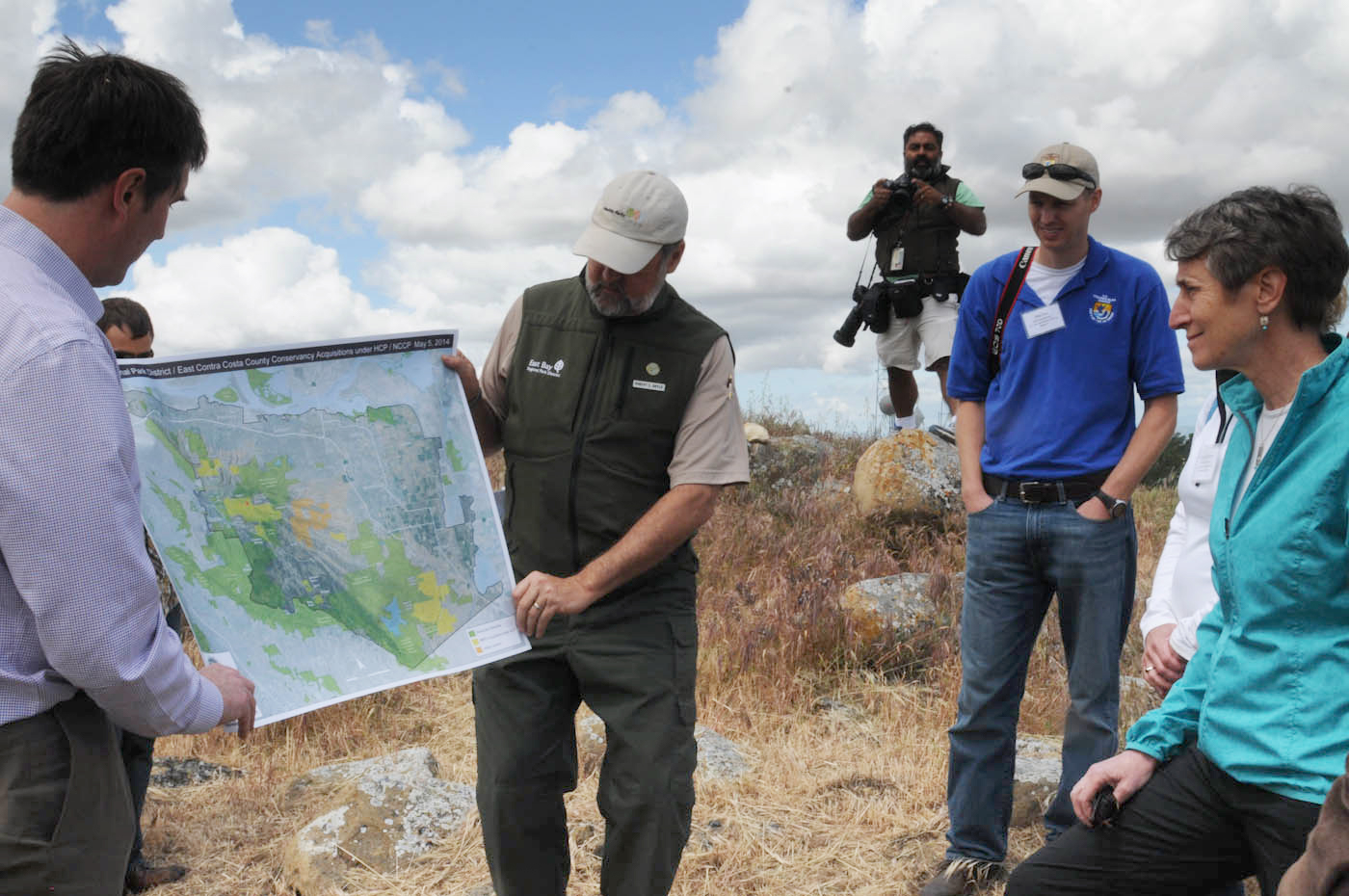

“Bay Nature nourishes those who identify with nature in the San Francisco Bay Area,” writes executive director Wes Radez. “From these pages, a community grows.”
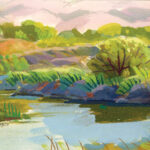
Dos Rios Ranch State Park, in the Central Valley, is a test of California’s ability to adapt to the future—and learn from the past.

The city of Berkeley plans to purchase a Fourth Street parking lot and transfer the property to the nonprofit Sogorea Te’ Land Trust, as part of a recent settlement agreement over the long-contested shellmound site in West Berkeley.
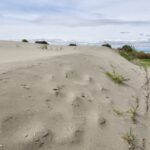
Maybe we can save the Lange’s metalmark. Or maybe there’s a stand-in, waiting in the wings?

With Bipartisan Infrastructure Law funding, the Bay’s wetlands are finally getting some precious muck. Why have we been dumping it offshore?

New radio towers are bringing a sea-change in wildlife tracking.

“One of nature’s great powers is to provide the metaphors we seek, and in this issue of Bay Nature, I see healing everywhere,” writes editor-in-chief Victoria Schlesinger.

Bestselling author Amy Tan has filled journals with anecdotes, observations, and drawings of backyard birds.
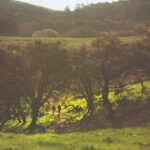
The trail passes in and out of shadowed forests, and leads to a peak overlooking Santa Rosa, the Coast Range, and the Mayacamas mountains.
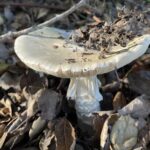
Local mycologists suspect death caps—huge and abundant in the Bay Area—may be competing with chanterelles underground.